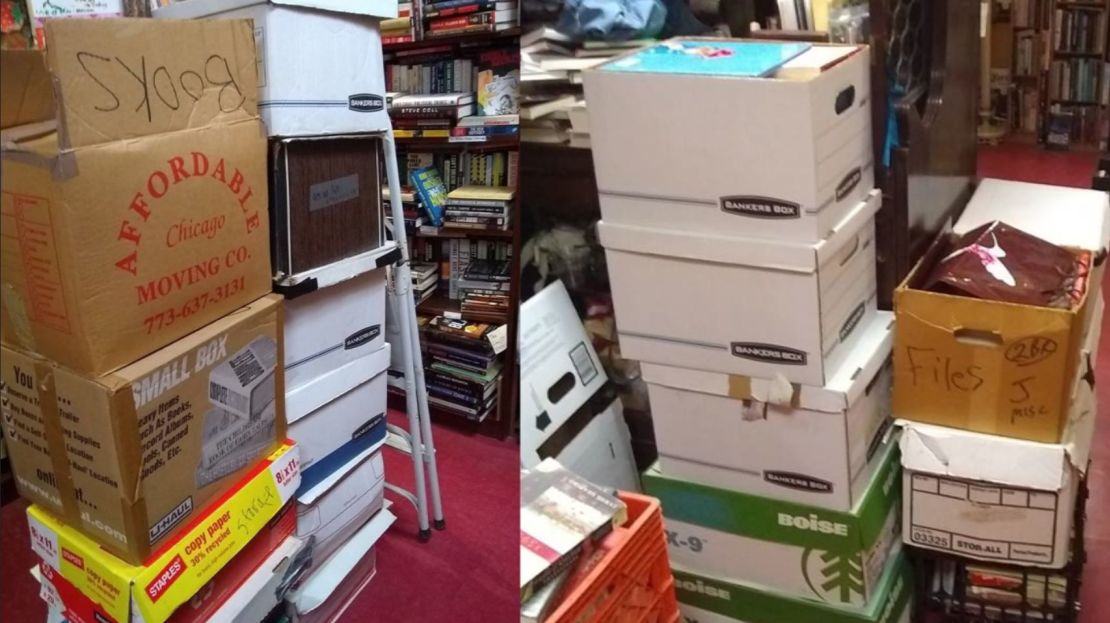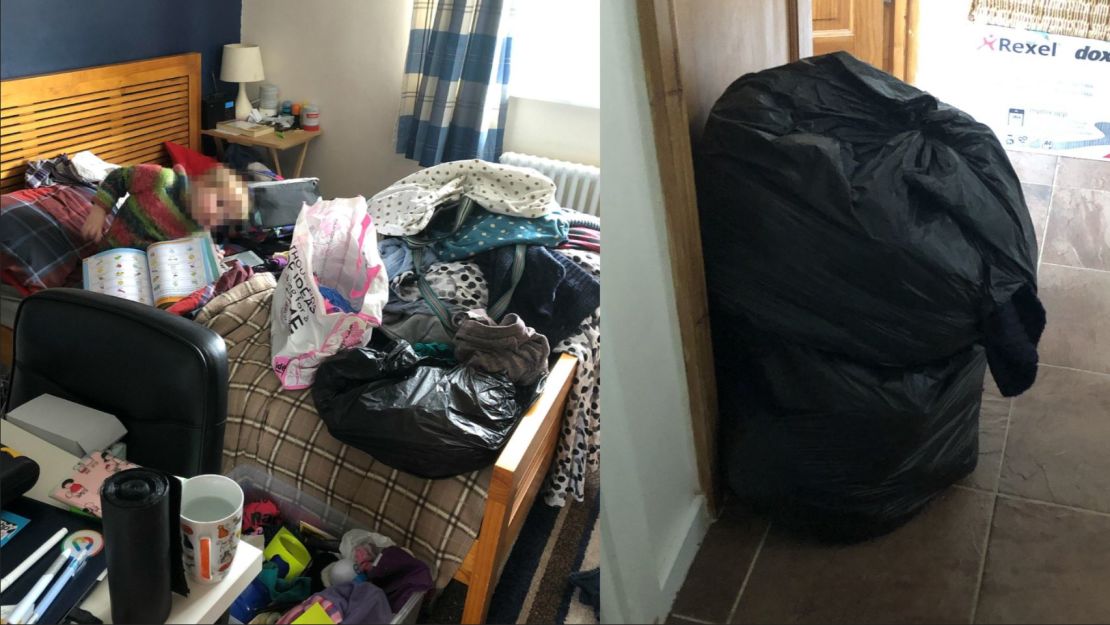Do you have too much stuff? Is your house a loosely-joined collection of garbage piles among which you tread, as dazed and rudderless as a possum in a landfill? Are you tied to your material possessions because you have chosen to fill the empty parts in your life with consumerism and thus your soul is scattered among promotional T-shirts and expired tubes of body lotion?
Are you, dare we say it…
Untidy?
On New Year’s Day, Netflix released the series “Tidying Up with Marie Kondo,” a minimalist home/life improvement show based on the wildly popular 2014 book “The Life-Changing Magic of Tidying Up” and starring the book’s author, Japanese organization expert Marie Kondo.
Needless to say, the whole experience has plunged people down their own personal trash chutes of existential crises. And thrift shops and used bookstores are reaping the benefits.
The method is very simple
In the show, Kondo acts as a tiny garbage fairy for messy people, alighting on their houses and the piles of stuff therein to share the wisdom of the “KonMari” method.
This method, which has been fairly popular for a few years thanks to Kondo’s book, is simple in theory but can be endlessly complex in practice.
You divide all the stuff in your house – all of it – into several categories, and then examine each item – all of them – to see if it sparks joy. If it does, you keep it. If it doesn’t, you thank it, as if it were a past lover, and neatly discard it.
It definitely has had an effect …
Has it actually inspired people to, you know, tidy up? It’s hard to say. Firsthand accounts seem to indicate a small wave of people bringing piles of donation bags to thrift stores, such as Beacon’s Closet in New York City.
“They have been really large bags. Ikea bags, suitcases or garbage bags. It’s really hard to estimate the amount but it has been a ton of stuff, but I can say thousands of pieces a day,” store manager Leah Giampietro told CNN.
January is the Closet’s slow season for donations, Giampietro said, because it’s cold and people don’t want to bother. Not this January.
“People are determined to clean up their homes,” she said.
In Chicago, Ravenswood Used Books received a month’s worth of books in donations last week.
“We’ve been in this location for four years, and people would walk up and down the street, and never noticed us before,” owner Jim Mall told CNN. “I think a lot of people are now beginning to know us.”
Earlier this week, a man called to say he had thousands of books he wanted gone.
“So I hired a moving company and we went over there and I picked up 50 boxes of books,” Mall said.

… but it’s hard to quantify
Goodwill – the non-profit with a vast network of thrift stores – has heard about the “KonMari” method. A LOT.
However, since the new year is typically a big “tidy up and donate” time anyway, it’s hard to place any uptick in donations on Kondo’s 4-foot-8-inch shoulders.
“Activity (at our stores) is often strong the first week of January anyway,” Goodwill’s public relations and multimedia manager Malini Wilkes told CNN. “People have New Year’s resolutions, people have time to get their boxes together, that kind of thing.”
Wilkes says the company first saw the connection to the show through online chatter, and eventually called around to different organizations around the country (local Goodwills are independently managed) to get the word on the ground.
“Unfortunately, at the current time, it’s too soon to determine the impact from the Marie Kondo show,” Wilkes said.
“Some local Goodwills have seen an increase in donations during the first week in January compared to last year, but others say that they have not seen a significant jump over last year.”
It’s helped the Kondo brand as well …
Netflix DEFINITELY knew what it was doing when it released “Tidying Up with Marie Kondo” on the first day of the year, when people are probably at their most vulnerable and untidy. The streaming service doesn’t share viewing data so it’s hard to tell how many people have watched Kondo gently direct the evacuation of closets, kitchens and kunstkammers in pursuit of a tidier, happier existence.
But the company pointed CNN to this stat: On December 31, Kondo’s Instagram follower count was 710,000. Today, it’s 1.2 million.
Regardless of the numbers, social media chatter alone makes it clear the show is hitting people where it hurts. Twitter timelines are full of “Tidying Up” jokes, most of which lie somewhere between the valleys of laughing self-awareness and laughing self-loathing. They’re also full of people proudly sharing their new, sparser, neater surroundings.

… and it shows no sign of slowing down
Take Hannah Johnson. The Bedford, UK-based blogger and mom wrote about her own marathon tidying session inspired by the show.
She told CNN that after taking in a few hours of Kondo’s wizardry, she set her son down with an iPad while her husband was at work and tidied her way straight through her wardrobe and set of drawers. It wasn’t easy.
“Opening my wardrobe and seeing those dresses that I couldn’t wear did make me a little sad – like they were taking up space and being unloved when they could be loved in someone else’s wardrobe maybe,” she said.
Two garbage bags of clothes later, she was feeling a little lighter. Tidier. More KonMari.
“But then I was like, ‘Right, what can I tidy next?’”
With all of this tidying and purging, soul-searching and masochistic Netflix binging, it’s no wonder that Kondo’s nearly 5-year-old book is sitting in the top five on Amazon’s bestseller list as of Saturday afternoon.
At least when you read the book, you don’t have to watch Kondo smiling through the TV screen, politely judging you for your messy, messy ways.

